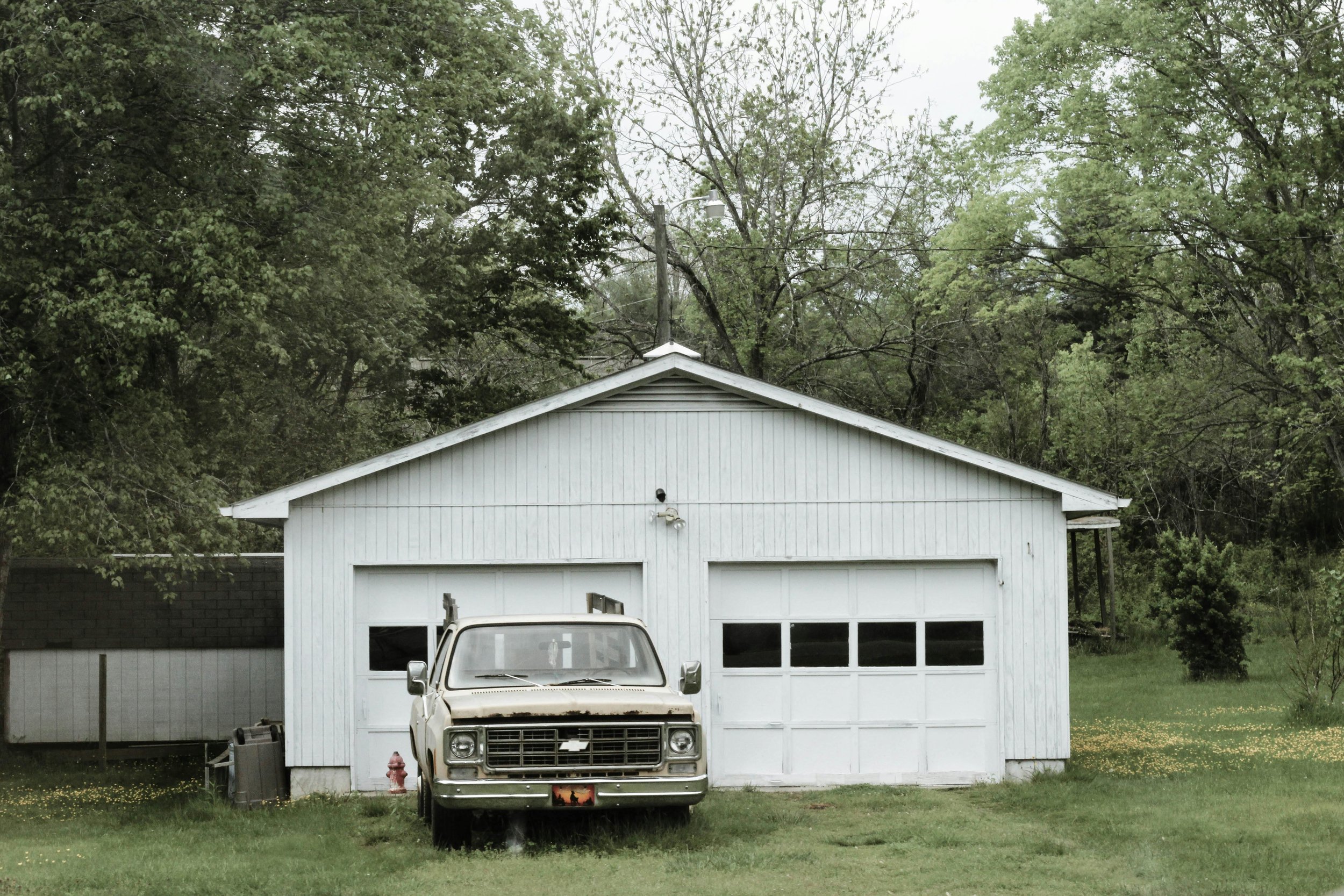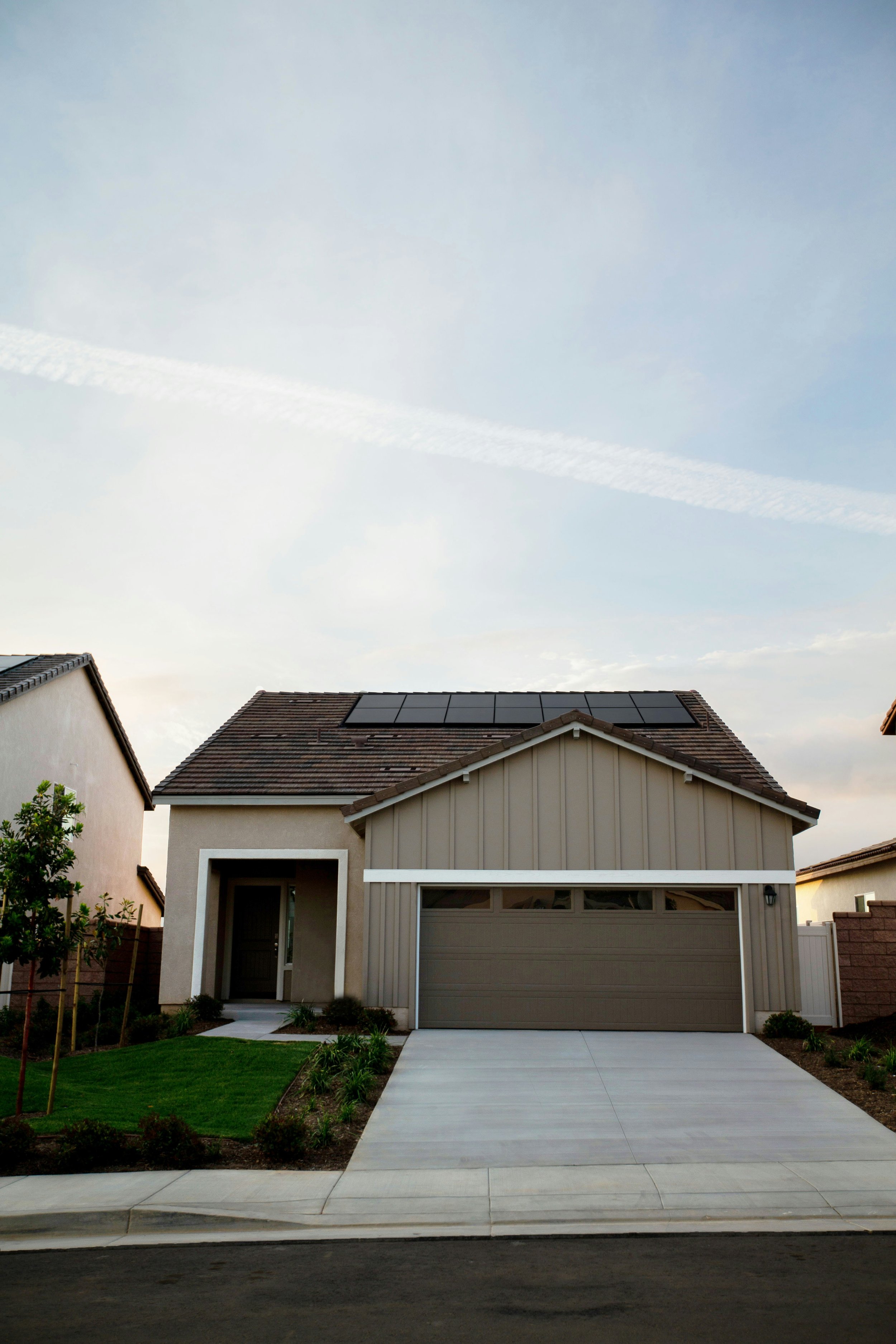How to Build a Garage: Step-by-Step Guide
Ready to tackle a big DIY project? Learn how to build a garage with this detailed step-by-step guide. From planning to finishing touches, we’ve got you covered!
Building a garage is no small feat, but if you’ve got the determination, the right tools, and a solid plan, it’s a project that can transform your property. Whether you’re looking for extra storage, a workshop, or a cozy home for your car, knowing how to build a garage: step-by-step guide can make all the difference.
Don’t worry; you don’t have to be a seasoned pro to pull this off. In this guide, we’ll walk you through everything from planning to the final nail. So, grab your work gloves, and let’s get started!
Why Build a Garage?
Before we get into the nuts and bolts, let’s explore why building a garage is such a worthwhile investment:
Protects Your Vehicles: Keeps your car safe from harsh weather, theft, and damage.
Adds Value to Your Property: A well-built garage can significantly boost your home’s resale value.
Provides Extra Storage: Perfect for tools, equipment, or seasonal items.
Multi-Functional Space: Use it as a workshop, gym, or even a home office.
A garage is more than just a place to park your car—it’s a versatile and valuable addition to any home. One of its primary benefits is protection, shielding your vehicles from harsh weather, theft, and potential damage. Beyond its practicality, a well-constructed garage can significantly increase your property’s resale value, making it a smart investment for homeowners. It also offers much-needed extra storage, providing a convenient spot for tools, equipment, or seasonal items that might otherwise clutter your living spaces. Additionally, a garage can serve as a multi-functional space, doubling as a workshop, gym, or even a home office. With its numerous advantages, a garage is an essential feature that enhances both the functionality and value of your home.
Planning Your Garage
Before you swing a hammer, you need a solid plan. Here’s how to get started:
1. Determine Your Needs
How many vehicles will your garage house?
Will you need extra space for storage or a workbench?
2. Check Local Building Codes
Visit your local government office or website to learn about permits, zoning laws, and setbacks.
Failing to follow regulations can lead to fines or having to redo the work—yikes!
3. Decide on the Design
Detached vs. Attached: Do you want the garage connected to your house or a stand-alone structure?
Single vs. Double Bay: Choose a size that fits your needs and property space.
Materials: Wood, metal, or prefab kits are popular options.
4. Set a Budget
Factor in materials, tools, labor (if hiring), and permits.
It’s always a good idea to add 10-20% extra for unexpected expenses.
Tools and Materials
Here’s a quick list of what you’ll need:
Tools
Tape measure
Level
Circular saw
Drill and bits
Hammer
Screwdrivers
Safety gear (gloves, goggles, hard hat)
Having the right tools is essential for tackling any home improvement project efficiently and safely. Whether you’re building, repairing, or installing, a well-equipped toolkit ensures you’re prepared for the task at hand. Start with the basics, such as a tape measure for accurate dimensions and a level to ensure straight and even results. A circular saw comes in handy for cutting wood or other materials, while a drill and bits make assembling or attaching components much easier. Don’t forget staples like a hammer and screwdrivers for handling nails and screws. Equipping yourself with safety gear—including gloves, goggles, and a hard hat—protects you from potential hazards. With these essentials, you’re set for successful and safe DIY projects.
Materials
Lumber
Concrete for the foundation
Nails, screws, and brackets
Roofing materials (shingles or metal sheets)
Garage door and opener
Building a sturdy and functional garage starts with gathering the right materials, ensuring a strong foundation and lasting durability. Lumber is a primary component, forming the framework and structure of your garage. For the foundation, concrete is essential, providing a solid base to support the entire build. To secure the structure, you’ll need a variety of nails, screws, and brackets, ensuring stability and safety. When it comes to protection from the elements, roofing materials like shingles or metal sheets are vital for a weatherproof and durable roof. Finally, a garage door and opener complete the project, offering convenience and security for your vehicles and belongings. With these materials, you’re ready to build a garage that’s both practical and long-lasting.
How to Build a Garage: Step-by-Step Guide
Now for the main event! Follow these steps to build your garage from the ground up.
Step 1: Lay the Foundation
Mark the Area: Use stakes and string to outline the footprint of your garage.
Excavate: Dig out the area to the required depth.
Pour Concrete: Mix and pour the concrete, ensuring it’s level and smooth. Let it cure for at least 24-48 hours.
Step 2: Frame the Walls
Cut the Lumber: Measure and cut your wood to size.
Assemble Wall Frames: Build each wall frame on the ground before raising them.
Secure to the Foundation: Attach the frames to the concrete using anchor bolts.
Step 3: Install the Roof
Build Roof Trusses: Pre-assemble trusses or buy pre-made ones for ease.
Secure Trusses to Walls: Attach the trusses to the top of the wall frames using nails or brackets.
Add Roofing Material: Lay down plywood sheathing, followed by shingles or metal sheets.
Step 4: Install Windows and Doors
Cut openings in the walls for windows and doors.
Secure frames and install windows and doors using screws or nails.
Hang the garage door and test the opener if it’s automated.
Step 5: Add Siding and Insulation
Siding: Attach exterior siding to protect against weather and enhance curb appeal.
Insulation: Add insulation inside the walls to regulate temperature and reduce noise.
Step 6: Finish the Interior
Install Drywall: Cover the walls and ceiling with drywall or plywood.
Paint or Stain: Give the interior a polished look with a fresh coat of paint.
Add Lighting and Electrical: Install outlets, switches, and overhead lights (hire an electrician if needed).
Tips for a Successful Garage Build
Plan Ahead: Sketch a detailed blueprint before starting.
Take Your Time: Rushing can lead to mistakes that are costly to fix.
Get Help: Don’t hesitate to ask friends or hire professionals for heavy lifting or specialized tasks.
Stay Safe: Wear safety gear and follow proper procedures.
Building a garage is an exciting project, but proper planning and safety precautions are crucial for success. Start by planning ahead—sketching a detailed blueprint ensures your design meets your needs and helps you stay on track during construction. While enthusiasm is great, remember to take your time—rushing through the process can lead to costly mistakes that might compromise the garage's functionality or safety. For heavy lifting or tasks requiring expertise, don’t hesitate to get help from friends or hire professionals. Lastly, prioritize safety by wearing the appropriate safety gear and following correct procedures throughout the project. With careful preparation and attention to detail, you can build a garage that’s functional, durable, and perfectly tailored to your needs.
Common Mistakes to Avoid
Even with a step-by-step guide, it’s easy to make a few missteps. Here’s what to watch out for:
Skipping Permits: Always check local building codes to avoid legal trouble.
Underestimating Costs: Be realistic about your budget and include a buffer for unexpected expenses.
Using Cheap Materials: Investing in quality materials will save you money in the long run.
Building a garage is a significant project, and avoiding common mistakes can save you time, money, and stress. One of the most critical steps is checking for necessary permits—skipping this can lead to legal issues or fines, delaying your project. Additionally, it’s vital to be realistic about your budget and plan for unexpected expenses by including a financial buffer. Underestimating costs can leave you scrambling mid-project, so careful planning is key. Finally, resist the temptation to cut corners with cheap materials. While they might save you money upfront, low-quality materials often lead to higher maintenance costs and shorter lifespans. By addressing these factors early, you can ensure a smooth, successful garage build that stands the test of time.
Conclusion
Building a garage might seem like a daunting task, but with this How to Build a Garage: Step-by-Step Guide, you’re equipped with the know-how to tackle the project head-on. From laying the foundation to adding the finishing touches, every step brings you closer to creating a functional and stylish space that meets your needs.
So, roll up your sleeves, grab your tools, and get to work. Trust me, the satisfaction of standing in your newly built garage will make all the effort worth it. Happy building!
Read next: How to Insulate a Garage Door Effectively
Frequently Asked Questions
1. How long does it take to build a garage?
It depends on the size and complexity, but most DIY garages take 2-4 weeks to complete.
2. Can I build a garage myself?
Yes! With the right tools and guidance, it’s a manageable project for experienced DIYers.
3. How much does it cost to build a garage?
Costs vary widely, but a basic single-car garage can cost $7,500-$15,000.
4. Do I need a permit to build a garage?
In most cases, yes. Check with your local building authority for specific requirements.
5. What’s the best material for a garage?
It depends on your budget and preferences, but wood, metal, and prefab kits are all excellent options.
















